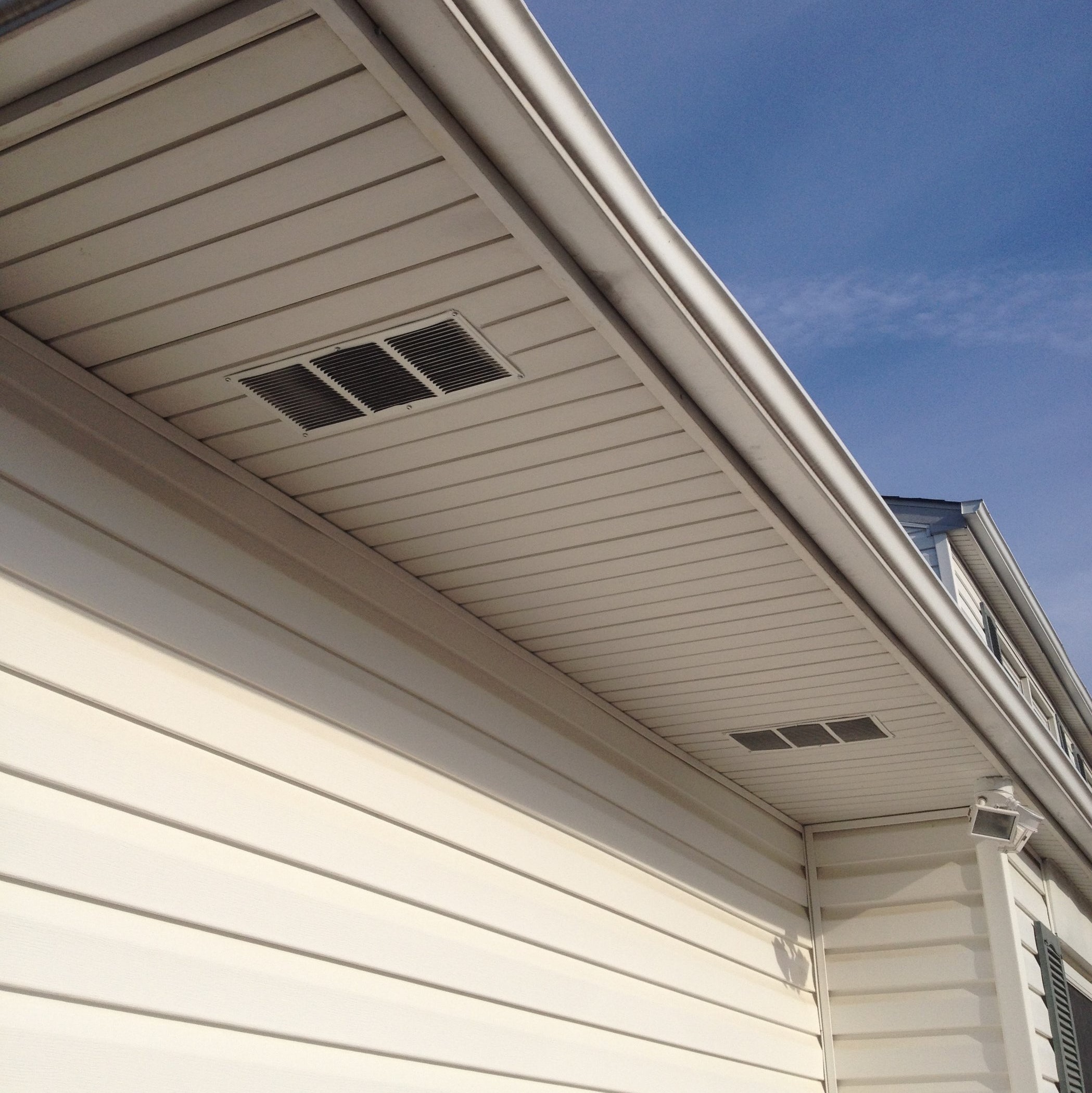When it comes to updating the appearance of your home, painting the vinyl siding may seem like an enticing option. However, before you embark on this project, it’s essential to consider the potential risks involved. While painting vinyl siding can offer a fresh and revitalised look, it poses several challenges and potential drawbacks.
This comprehensive guide will explore the 12 risks you should consider before painting your vinyl siding.
Vinyl siding, known for its durability and low maintenance, is designed to be a long-lasting solution. However, painting vinyl siding can compromise its inherent qualities and lead to unforeseen issues. From limited colours and ongoing maintenance concerns, it’s crucial to thoroughly assess the risks before proceeding with the painting process.
By understanding the challenges involved, you can decide whether painting your vinyl siding is the right choice for your home.
You Might lose Your Warranty
One risk to consider is the potential risk of warranty coverage. Typically, vinyl manufacturers do not honour warranties for products that have been altered or painted. Similarly, insurance companies may reject claims for property damages if the vinyl has been painted.
It is crucial to carefully review the fine print of your warranty and home insurance policies before painting your vinyl siding. Understanding the implications of your warranty and insurance coverage can help you make an informed decision.
Limited Colour Choices
Vinyl siding expands and contracts with temperature changes; painting it in dark or intense colours can exacerbate this effect. Dark colours absorb more heat, leading to increased expansion, which causes warping and buckling. Therefore, homeowners should consider bright colours that reflect heat and minimize the risk of damage.
Additionally, some manufacturers offer limited-edition paint for vinyl siding, further reducing the colour choice and reducing the chances for homeowners. It is crucial to check with the sliding manufacturer and consult a professional to ensure that the desired paint colour is compatible with the vinyl siding and will not compromise its integrity or warranty.
Weather Influence
Considering the weather conditions is crucial when planning to paint vinyl siding, as it can greatly impact the project’s success. While many experts suggest choosing mid-spring or early fall for painting, unpredictable factors like rain and extreme heat can harm the freshly painted surface.
The Risk of Surface Damage
Improper surface preparation or the use of incorrect painting techniques can cause damage to the vinyl siding. Harsh chemicals or abrasive cleaning methods may weaken or etch the surface, resulting in permanent damage.
Additionally, using high-pressure washers or aggressive scrubbing can cause cracks or breaks in the siding, compromising its integrity. It is essential to follow proper surface preparation guidelines recommended by professionals and use suitable paint products and techniques to avoid surface damage.
Careful handling and gentle cleaning methods are necessary to protect the vinyl siding from harm during the painting process.
Potential for Mold and Moisture Issues
Vinyl siding is designed to allow moisture to escape, preventing the growth of mold and mildew. However, painting the siding can create a barrier that traps moisture, leading to the growth of mold and mildew. This can cause extensive damage to the siding and affect the overall indoor air quality of the home.
Incompatibility
Not all types of vinyl siding can be painted. Some vinyl siding products have a textured or rough surface, making it difficult for paint to adhere properly. Before painting, it’s crucial to determine whether your specific type of vinyl siding is compatible with painting. Failure to consider this can result in poor adhesion and an unsatisfactory finish.
Checking with the manufacturer or consulting a professional can help ensure that the paint will adhere effectively to the surface, providing a durable and attractive result.
Increased Maintenance Requirements
While painting vinyl siding may seem like a cost-effective solution, it can lead to increased maintenance eventually. Painted surfaces require regular touch-ups, maintenance, and repainting to maintain their appearance. This additional maintenance can be time-consuming and expensive, making it important to consider the long-term implications before painting your vinyl siding.
It Can be a Time and Labour Intensive Project
Painting vinyl siding is a time-consuming and labour-intensive process. It involves thorough surface preparation, primer application, multiple coats of paint, and subsequent maintenance. Before diving in, assess whether you have the time, skills, and resources to undertake such a project.
Environmental Impact
Painting vinyl introduces additional chemicals into the environment. Traditional oil-based paint and some Latex paints contain volatile organic compounds (VOCs) that can harm human health and the environment. These VOCs contribute to air pollution and can have a long-term detrimental effect on the environment and ecosystem, and air quality.
Opting for low-VOC or VOC-free paint can reduce the environmental impact of painting vinyl siding.
Risk of Water Damage
Painting vinyl siding can create a moisture barrier, preventing the sliding from breaking properly. This can trap moisture underneath the paint, leading to water damage, molds, and growth.
Ensure that your vinyl siding is in good condition and properly sealed before painting to minimize the risk of water damage and maintain the structural integrity of your home.
Consider the Cost of the Project
Although painting vinyl might appear as a budget-friendly substitute for replacement, it is crucial to contemplate the total expenses involved. Various factors, including the price of high-quality paint, professional labour (if necessary), and potential maintenance, can accumulate over time.
As a result, painting may become less cost-effective in the long term when compared to alternatives like siding replacement or other methods that enhance the visual appeal of your home’s exterior.
Difficulty in Changing Colours
If you decide to change the colour of your vinyl siding, you should be aware that it can be challenging to achieve a drastic colour change transformation. Dark colours may require multiple coats of paint, making the process more costly and time-consuming.
Should You Paint or Replace Your Vinyl Siding?
When it comes to updating the appearance of your home’s exterior, the question arises: should you paint your vinyl siding or opt for a complete replacement? The answer depends on several factors. If your vinyl siding is in good condition and simply lacks the desired colour or style, painting can be a cost-effective solution.
However, if your siding is severely damaged, warped, or outdated, replacing it may be the more practical choice. Consider factors such as cost, time, durability, and the overall condition of your siding when making this decision.
Conclusion
Being fully informed about the potential risks associated with painting vinyl siding is critical. Despite the initial appeal of giving your home a fresh appearance, the complexity of the task and the potential adverse effects should not be overlooked.
Investing in a professional service like Phoenix Siding can be a more prudent choice. Our wealth of experience in siding installation and replacement services guarantees top-quality work that safeguards your home against many of these risks. Our expertise ensures that the siding of your home not only looks exceptional but also stands the test of time. Call us at 250-758-3818 to schedule a consultation.




